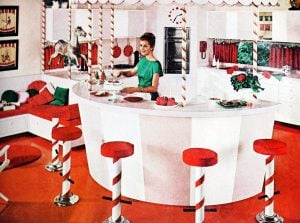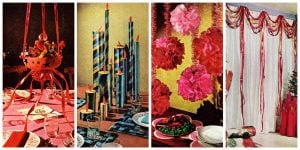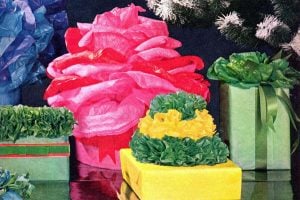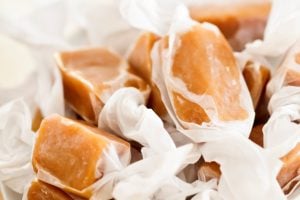The Thomas Edison house: Where invention met family life
Edison’s estate — named Glenmont Estate — in West Orange, New Jersey, offered him both privacy and the freedom to keep experimenting. The Thomas Edison house contained both new inventions and priceless antiques.
But it was more than a showpiece: It was also where his children were born, and where the inventor himself took his last breath. The home had a dedicated laboratory that allowed him to bring his latest concepts to life, and it became a place of family gatherings and memories that humanized the inventor and added warmth to his famously work-driven life.

Born in 1847, Edison had become an inventor almost by instinct. He was curious, imaginative, and as a young man, he developed inventions that would shape industries — the phonograph, the motion picture camera, and, of course, the electric light. By the time Edison settled into his West Orange estate in 1886, he was a household name. This sprawling property reflected his larger-than-life career and his desire for both a professional and personal sanctuary. Within its walls, Edison could shift gears from public figure to father and husband, creating a rare balance between work and home life.
Below we’ve collected a selection of vintage photos from 1916, capturing moments that reveal Edison’s personal life at home. Take a look, and see how America’s favorite inventor spent his time off the clock!
A look inside the huge Thomas Edison house in New Jersey
Glenmont, the 13-1/2-acre estate that Thomas Edison purchased for his second wife in 1886, became a national monument in 1961.
Edison had already invented the first practical incandescent lamp and the phonograph when he purchased Glenmont, where he lived until his death in 1931.
The estate was given to the federal government by the McGraw-Edison Company in 1959. The company and Edison’s children also donated the estate’s furnishings.

ALSO SEE: How Thomas Edison invented his phonograph, bringing new sound to the world
It was in the master bedroom on the second floor of the 3-story mansion that three children were born and Edison died.
The mansion was built in 1880 for a New York executive. The elegance of detail includes cut stone steps leading to a porch that has ornamental tiled flooring and molded brick walls.
Beyond the solid-oak front door is the foyer from which rises the red mahogany grand staircase. Off the foyer are a small library and a reception room with a small pipe organ, which Edison enjoyed playing for relaxation.
From immense picture windows, the Edisons could look out onto their landscaped lawns and into the valley below.
Edison at Glenmont, his Llewellyn Park (NJ) home
A characteristic pose of Mr Edison seated in his favorite corner of the living room.

The dining room in Glenmont, the Thomas Edison house
Mr Edison has just finished luncheon.

The music room
A corner in the music room which contains a harp, a xylophone, a drum and a moving picture machine. The last throws pictures on a screen in another part of the room.

ALSO SEE: George Eastman House: The Kodak inventor’s mansion & photography museum in Rochester, New York
Thomas Edison listening
Mr Edison is seen in the music room listening to a phonograph.

Portrait gallery in the Thomas Edison house
These photographs showing Mr Edison at varying ages, were saved from the fire at the Edison works.

Glenmont, Llewellyn Park, in winter setting

MORE LUXURY HOMES: 16 beautiful Victorian homes & mansions in old Detroit from the early 1900s
The home’s exterior view showing extravagant details



ALSO SEE: Vintage Homes Adult Coloring Book: Luxurious Victorian Houses & Mansions


Edison’s historic antiques
Among the treasures in this room is a grandfather clock from 1790


Fireplace close-up
A coat of arms is carved into the wall over the fireplace.
SEE MORE: 30 fantastic & timeless vintage fireplaces from the first half of the 20th century

Thomas Edison’s garage
The two-story garage built for Mr. Edison at his home, Glenmont, is a good example of a poured concrete building of the early twentieth century with a good deal of decorative work on the exterior (cornices and pilasters). There was a turntable in the first floor. The second floor served as the servants’ quarters.

Glenmont from across the lawn




















